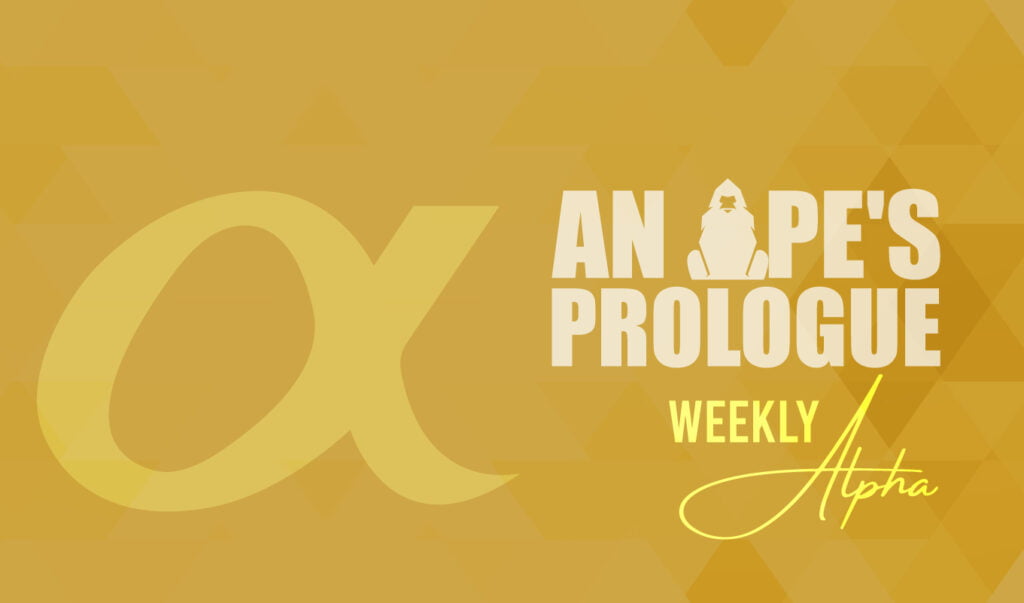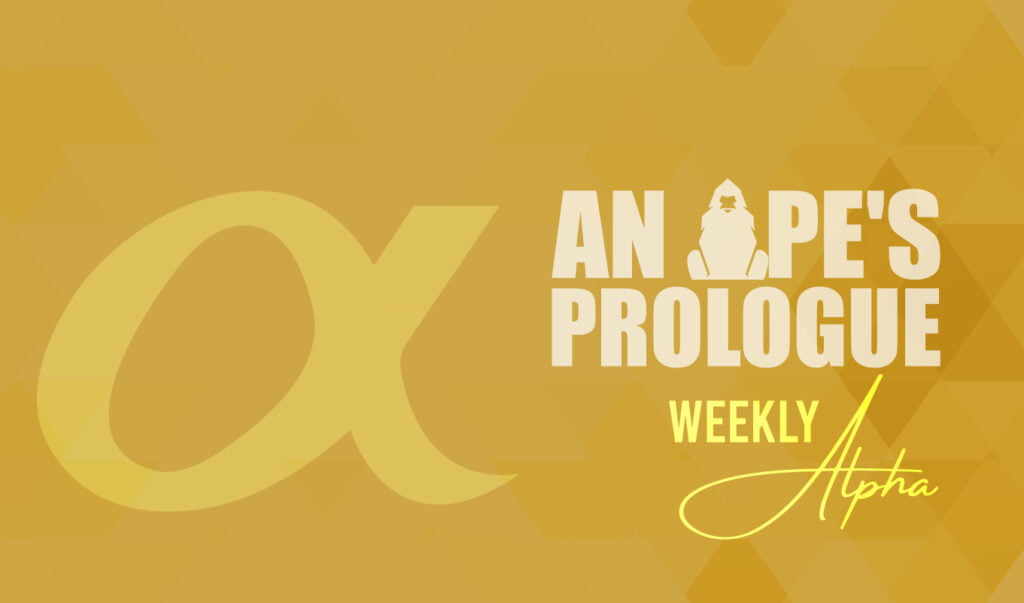Podcast Summary
In this podcast, Sam Kazemian, the founder of Frax, discusses the innovative approach of Frax in decentralizing trust and integrating DeFi and Liquid Staking Tokens (LSTs). He delves into the details of Frax V2, the challenges and efficiencies in scaling a permissionless supply side, and the vision of becoming a ubiquitous issuer of units like CPI dollars and Bitcoin. The conversation also covers the introduction of Frax Chain and the expected timeline for future developments.
Key Takeaways
Introduction of Frax’s Liquid Staking System (LSD)
- Frax’s Approach to LSD: Frax’s liquid staking system is designed to be a decentralized lending market where validators can borrow ETH to run validators. It’s compared to taking out a loan, where the loan is the right to control a validator.
- Generalized System: The system is built in a generalized way to create a fully decentralized LSD system. It’s compared to other systems like Lido and Rocket Pool but aims to be more open-ended.
- Dynamic Interest Rate: The system includes a dynamic interest rate, allowing competent validators to keep borrowing and running validators profitably.
Frax’s Transition from V1 to V2
- Frax V1: Similar to Lido, where there’s a curated list of validators.
- Frax V2: More like Rocket Pool, where it’s totally decentralized, removing trust assumptions.
- Collateral and Bonding: Validators need to post a bond (e.g., 4 ETH) to join the set. The amount of collateral is a trade-off for capital efficiency and risk mitigation.
Frax’s Strategy and Vision
- Vertical Integration: Frax aims to become ubiquitous by issuing units pegged to various values (e.g., CPI dollars, Bitcoin). Unlike Uniswap’s vertical integration across trading, Frax focuses on stablecoin issuance and related services.
- Frax Chain: The introduction of Frax Chain is part of the vision to have native issuance of currency and a Turing complete ledger for building on top of it.
Frax’s Differentiation and Future Plans
- Differentiation: Frax’s approach to liquid staking is unique, starting as a stablecoin and leveraging core competencies in managing collateral.
- Frax Ether V2: Scheduled for audit in early September, with a possible release towards the end of September or early October.
- Frax Chain: Testnet planned by the end of the year, with mainnet aimed for January 2024.
Broader Trends and Insights
- Convergence of Protocols: Many DeFi protocols are converging on similar offerings, recognizing that core competencies apply across different product sets.
- Control vs. Partnership: Frax’s approach emphasizes control over its destiny, managing risk, and ensuring liquidity, contrasting with other models that rely more on partnerships and aggregation layers.
Sentiment Analysis
Bullish: The sentiment in the podcast is largely bullish, reflecting optimism about Frax’s innovative approach to decentralized finance, its expansion into new areas like LSTs and LSDs, and its potential for global domination.
Neutral: There are neutral discussions regarding the challenges and trade-offs in decentralized lending markets, reflecting a balanced view of the complexities involved.
Bearish: No bearish sentiment was expressed in the podcast.












